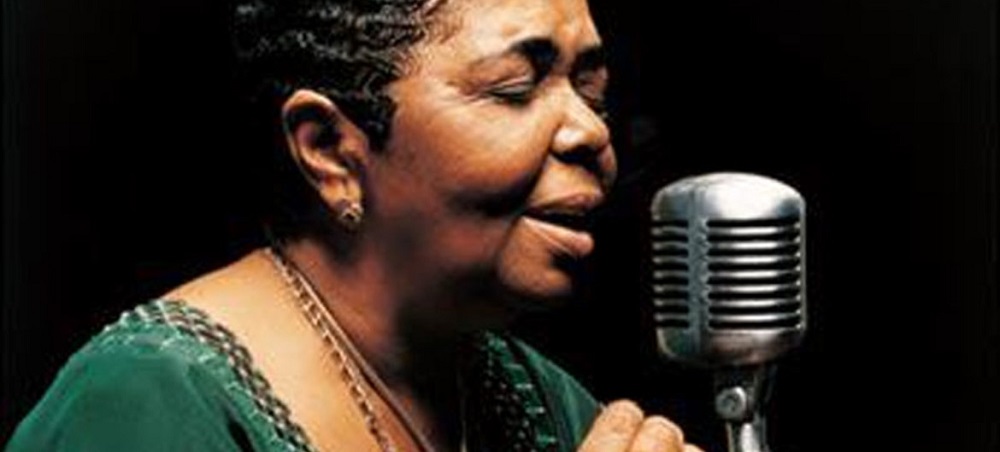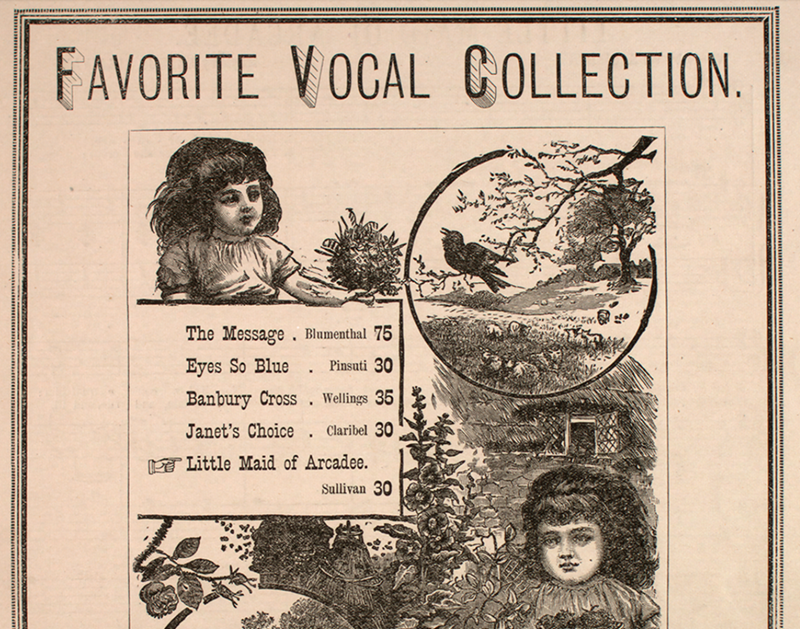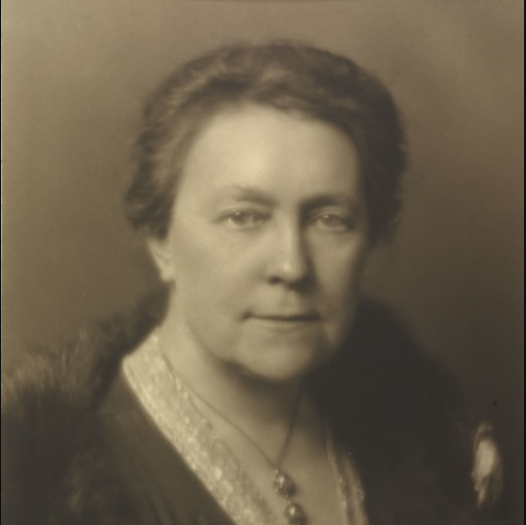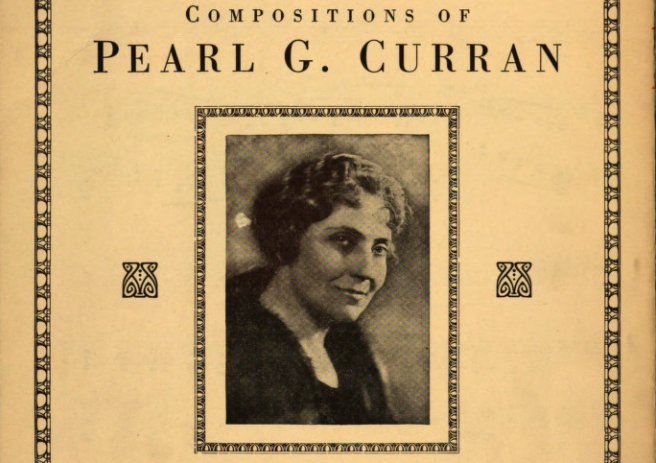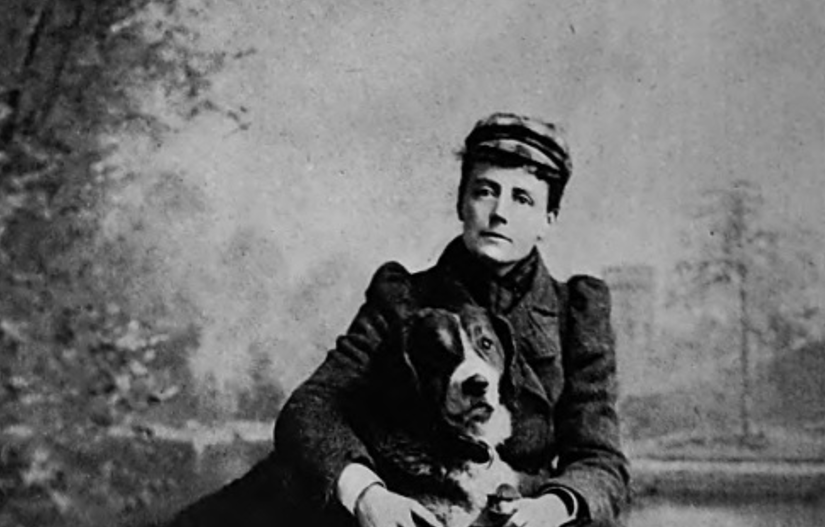I carry the rhythms of fado everywhere I go, because once heard, these Portuguese songs reverberate forever within. They are wondrous in their paradox: Though often about the ephemeral nature of love and broken things and fatalism (“fado” translates as “fate”), they inhabit a listener. When I was young, my father, from the island of Terceira in the Azores, would play fado records at dinnertime. Most Luso-Americans of a certain age (“Luso/a” is the proper prefix for Portuguese-Americans, since the Roman term for Portugal was “Lusitania”) would agree this meant a preponderance of Amália. Ranging over the caldeirada stews, and rice puddings dusted with cinnamon, was Amália Rodrigues—the queen and goddess, a Maria-Callas-level diva. She is still considered not merely the supreme fadista but fado itself: Pure tonality of female yearning. Heart-cries.
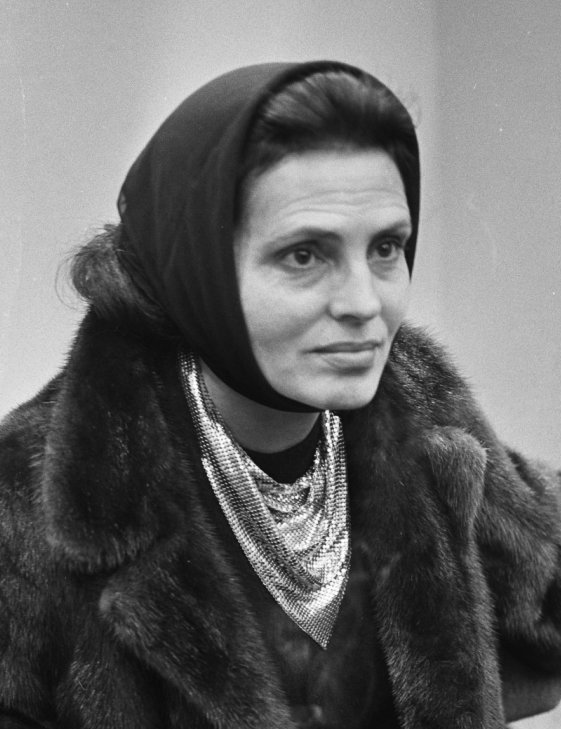
This uniquely Portuguese music can be said to borrow heavily from the notion of duende, mixed with sinew and bone, delivered from vocal cords saturated with spirit and, more than that, with soul to the point of losing one’s self. Fado is also taste, smell, touch; it laves whatever one sees. The concept of duende is not Portuguese in origin, but it’s useful in explaining how fadistas enter dangerous territory: Can they risk the madness of turning into music itself? (Audiences of flamenco will shout, “Duende!” when performers invite immolation.) Fado is a Portuguese version of the blues, a prismatic capturing of female sorrows and hopes. (I aim to dash and expand that traditional definition: Fado has turned, fluidly, into something varied, global and inclusive and refreshed.) When I was sent by The New York Times in 1994 to write about fado, it was already undergoing a revival, shaking off whatever lingered from the fascist era, when nationalist principles extolled “Fátima, fútebol, and fado.” But nothing in fado itself ever condoned repression (and some fado lyrics got censored); it was never the music’s fault that it got co-opted, and a cultural surge arrived to reclaim it.
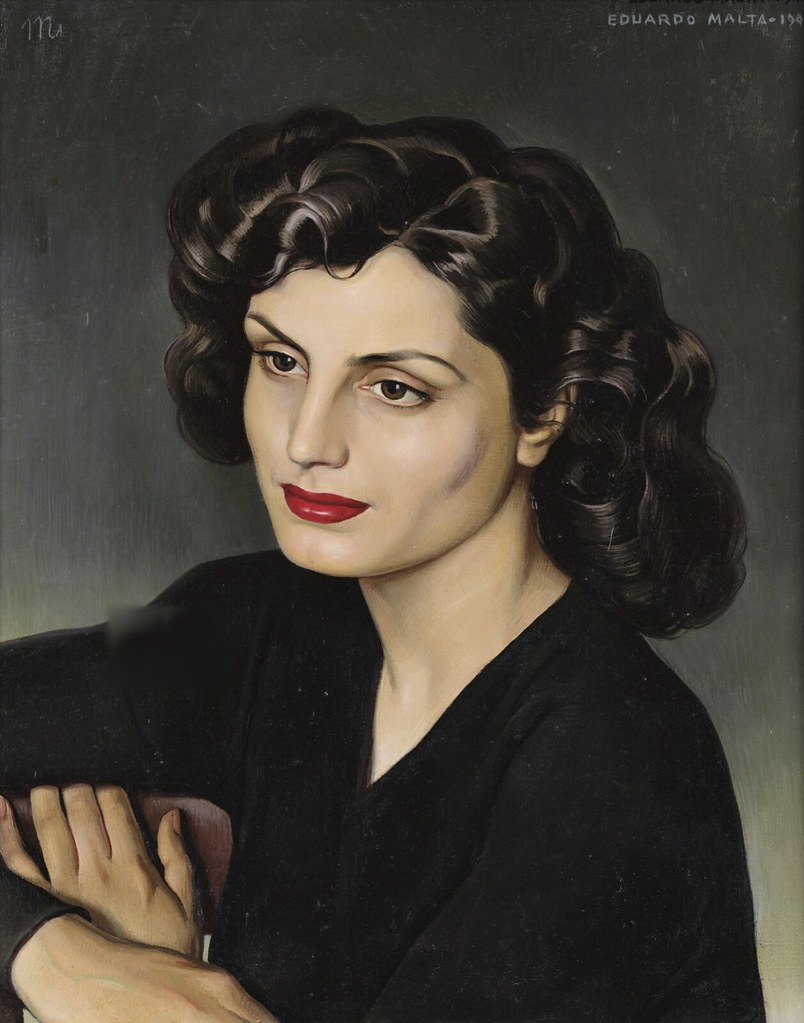
My reporting included a visit to Amália, but this was before Lisboa enjoyed its recent embracing by tourists…and I still shudder that my interview with her landed on the cutting-room floor. Here’s what I remember best: She snapped into being, made an entrance. She paused in the doorframe to her own parlor, straightened, and threw back her head as she strode in to begin our lively conversation. The lesson: Enter every room as if it holds pure life, because in truth it does. Everything she sang was famous, and thanks to YouTube, her renditions of well-known fados (“Uma Casa Portuguesa,” “Povo Que Lavas No Rio,” “Ai, Mouraria,” “Estranha Forma de Vida,” “Cheira a Lisboa”) are easily found. I’m partial to “Meu Limão de Amargura,” by Alain Oulman, which speaks of love’s ability to stop time, whereupon time refuses to cooperate, and so we die slowly.
Amália did not often veer away from pure fado, but one such rare foray produced a fado-inflected version of “Half As Much” by Curley Williams that, to my lights, secures her even higher in the pantheon. A friend hearing this one declared, “My God, she out-Patsy-Clines Patsy Cline.” But not every fado is mournful: Fado corrido, or “running” fado, is upbeat, lilting; it bursts with the smells of Lisbon, or of flowers, sea, air. Moon. Flower-selling. Cobblestones of a city beloved. After Amália died, she lay in state in the Basílica, and politicians stopped campaigning for three days. Imagine such an honoring of an artist!
The traditional counterpart to the fado-as-female tradition is the resonant Coimbra fado. Coimbra is the old university town of the north, and the best introduction is to listen to a “Balada da Despedida,” during which black-robed men, typically graduating students, herald the goodbyes. If most college graduations at least attempt to be upbeat about sunny futures, this leave-taking is a sonorous affirmation beyond the knowledge that time is passing into the shock of feeling it. The students will possess the secrets of this city, but the song suggests that even beautiful, essential things and memories can stream away like rivers, fly away like breezes. They’re about to carry – for the rest of their lives – the full sensations of these true lessons. The ballad’s power is such that no translation is required for anyone wishing to join the overflowing of emotions.
And now as expansiveness and world-awareness bloom, fado itself breathes even more freely: Men sing it, women sing it, whether young or old; amateur good voices show up in the neighborhood clubs. Gone, for the most part, are the days when fado clubs seemed only touristy: Compare this to the idea of seeking authentic North American jazz clubs, versus places where a bus unloads people expecting supper at seven. The tones of Africa, of Cape Verde, of Brazil, have nourished the scene; a primary star is the late Césaria Évora, “The Barefoot Diva,” whose “Sodade” I was startled and delighted to begin hearing in restaurants and shops in New York. If her dialect and spellings vary from those used on the mainland, she rightfully claims full possession of “saudade”—considered an untranslatable word. (One possible definition: A longing for people, times, and places whose absence becomes the largest presence in one’s existence.) One can listen to fado without knowing the language, but a careful listener will hear “saudade” invoked steadily.
There’s Virginia Rodrigues of Brazil, giving her music African and South American tempos forming a tributary out of fado. Madredeus (try “À Margem” or “Haja O Que Houver”) is not a fado group, nor does it claim to be, but their experiments often seem fado-rooted. Among the most remarkable of the new wave of superstar fadistas is Mariza (Marisa dos Reis Nunes), who fills concert halls. Men no longer get cordoned off into a specialized strain—Camané and Carlos do Carmo, and younger rising artists such as Rodrigo Costa Felix, form a vanguard of bright generations recognizing that if fado is a component of the Portuguese soul, anyone is welcome to voice it. One constant seems to be the presence of two accompanists, one with a classical Spanish guitar (called the viola in Portugal) and one plying the Portuguese guitar, or guitarra, resembling a lute and featuring six groups of two strings. It is this instrument in particular that excites musicians internationally.
On a first trip to Lisboa, visit the Museu do Fado and try a nearby fado house, and you might react as did the late American author Denis Johnson, there with my husband Christopher and me during the Disquiet Literary Conference where I teach each summer. Denis said, “How have I come so far in life without knowing about this?” You’ll listen to men and women of all ages and origins and talent levels celebrating who they are. For me, the first time I returned to Lisboa after my father died, the slow steady pulled-from-the-deep sounds swept me into saudade. How I missed him, and he knew it, because he was singing to me now.
Notes
The lead photo is of Césaria Évora, who was a Goodwill Ambassador for the United Nations.

Guest Blogger: Katherine Vaz
I wrote the novels Saudade and Mariana, the latter appearing in six languages and selected by the Library of Congress as one of the Top Thirty International Books of 1998. My collection Fado & Other Stories won the Drue Heinz Literature Prize, and Our Lady of the Artichokes & Other Portuguese-American Stories won the Prairie Schooner Book Prize. I was on the six-person Presidential Delegation from the United States to Lisboa for Expo 98/The World’s Fair, and I’m the first Luso-American whose work has been recorded for the Archives of the Library of Congress, Hispanic Division. I live in New York City with my husband Christopher Cerf, a TV producer, former Random House editor, Sesame Street composer, and author. You can learn more about me here.


